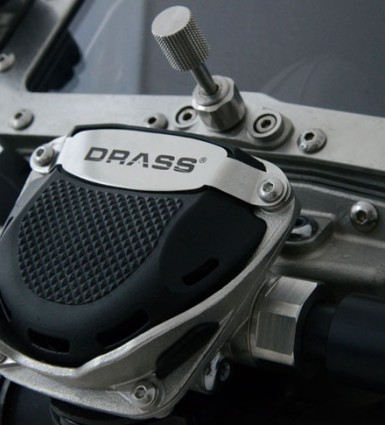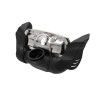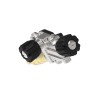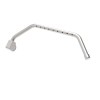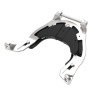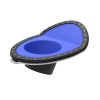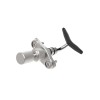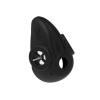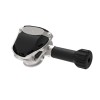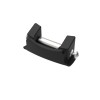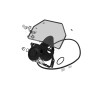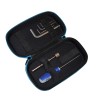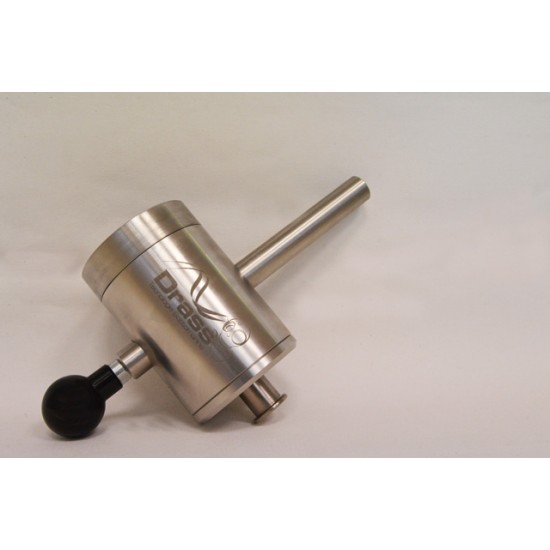
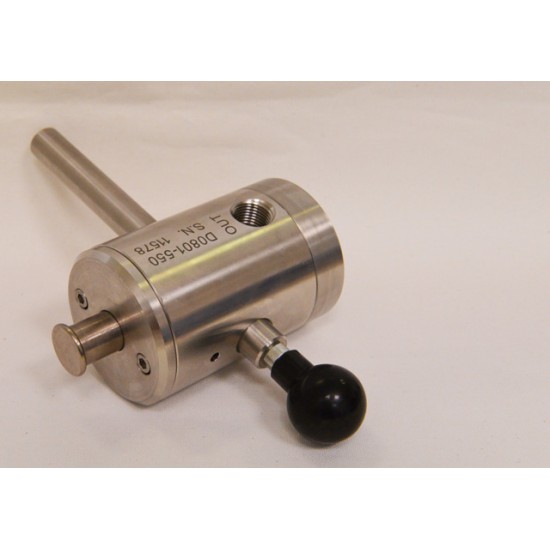
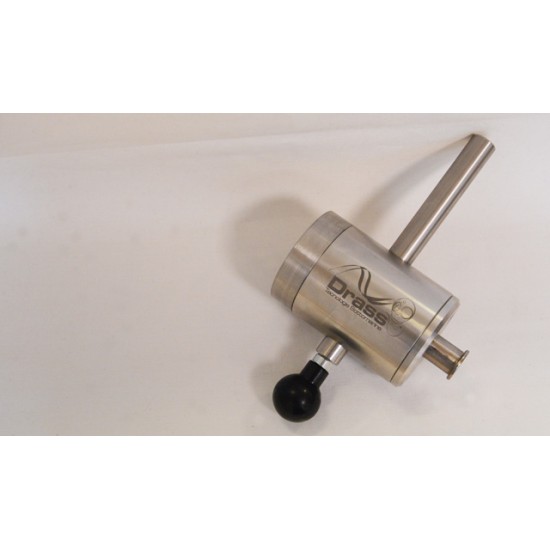
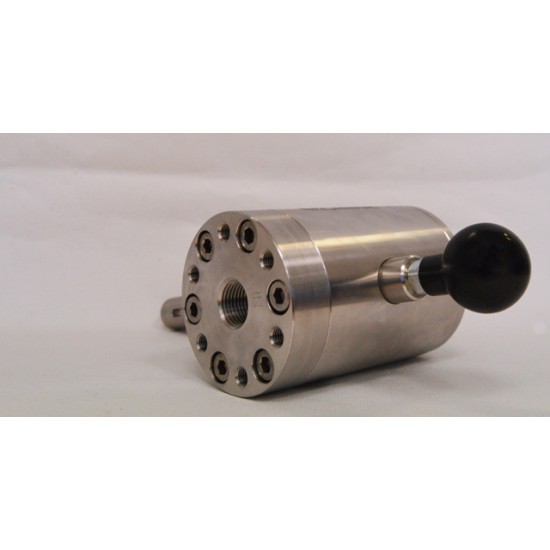




- Stock: On Request
- Brand: Drass
- Model: 97CM-06-01-01-00-00
The Interlocking mechanism is a safety device intended to protect any pressure vessel subject to be opened during routine operation procedures; this includes soda lime pots, Food and Material Locks, Diving Bell Mating Clamps, etc… The requirement for such a device is present in all Rules and guidelines, including DNV-GL, IMCA, Norsok, etc.
According to the standards, the safety device has to be completely pneumatic – electric or electronic components are not allowed. The scope of the interlocking mechanism is double: the first is to prevent the opening of the pressure vessel in case an unsafe pressure is present inside the vessel; the latter is to prevent the pressurization of the vessel until it is fully closed and the interlocking mechanism is engaged.
Drass R&D developed the new interlocking mechanism in a strict cooperation with DNV-GL, preparing a document which describes the solution adopted by Drass, and their conformity with DNV-GL Rules, IMCA and Norsok standards; such document is approved by DNV-GL, so Drass can declare that the Interlocking mechanism is approved by DNV-GL, and supported by a strong background of safety evaluation.
The interlocking mechanism is suitable to be installed to secure any pressure vessel; it is composed by an inlet port, an outlet port and a vent; the construction is stainless steel. The working principle is the following. When the interlocking is not fully engaged, the inlet port is closed, while the outlet port is vent to assure that any residual pressure in the vessel is discharged – the vent of residual gas is accompanied by an audible noise, useful for operators to be informed about such event.

